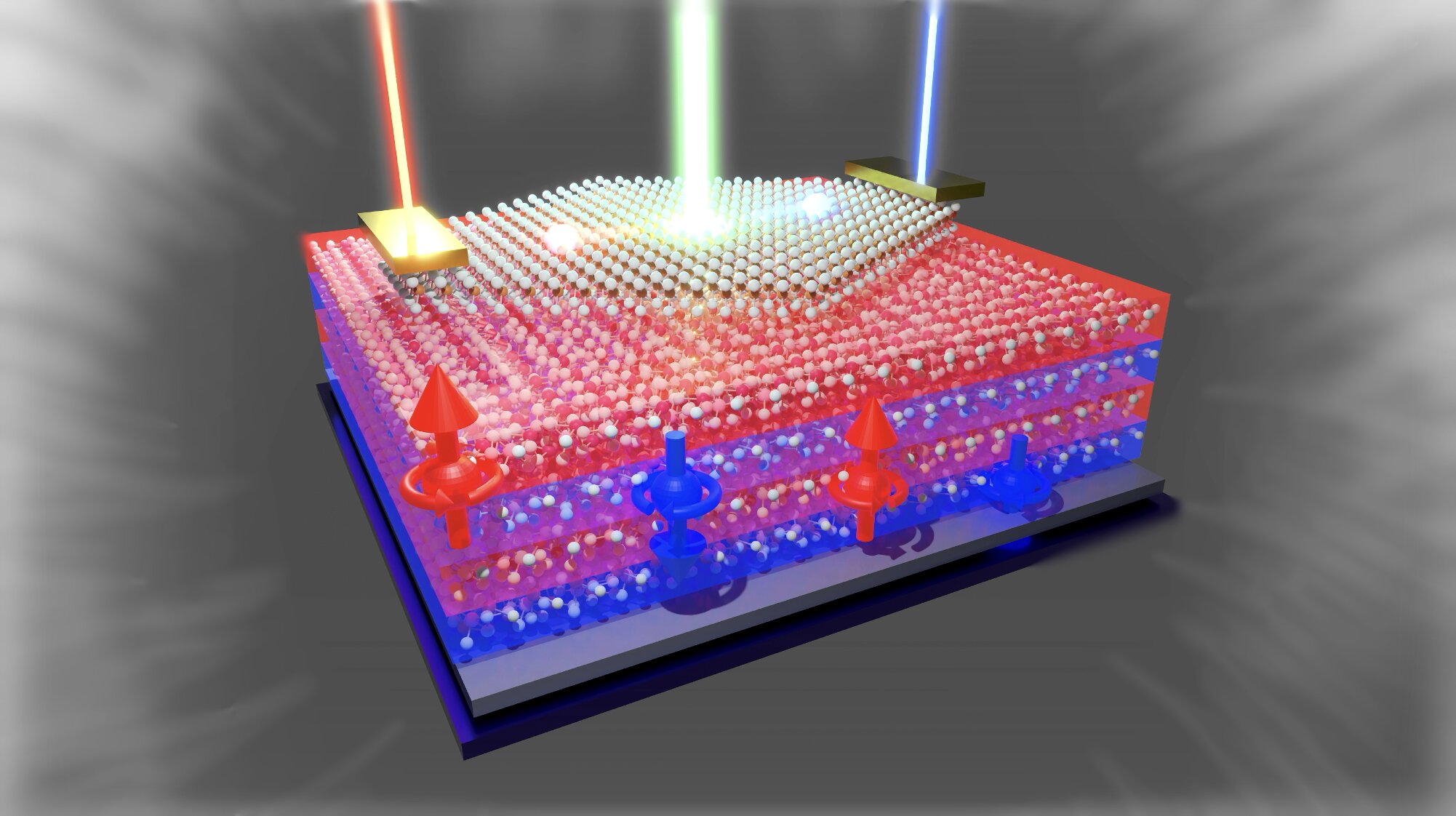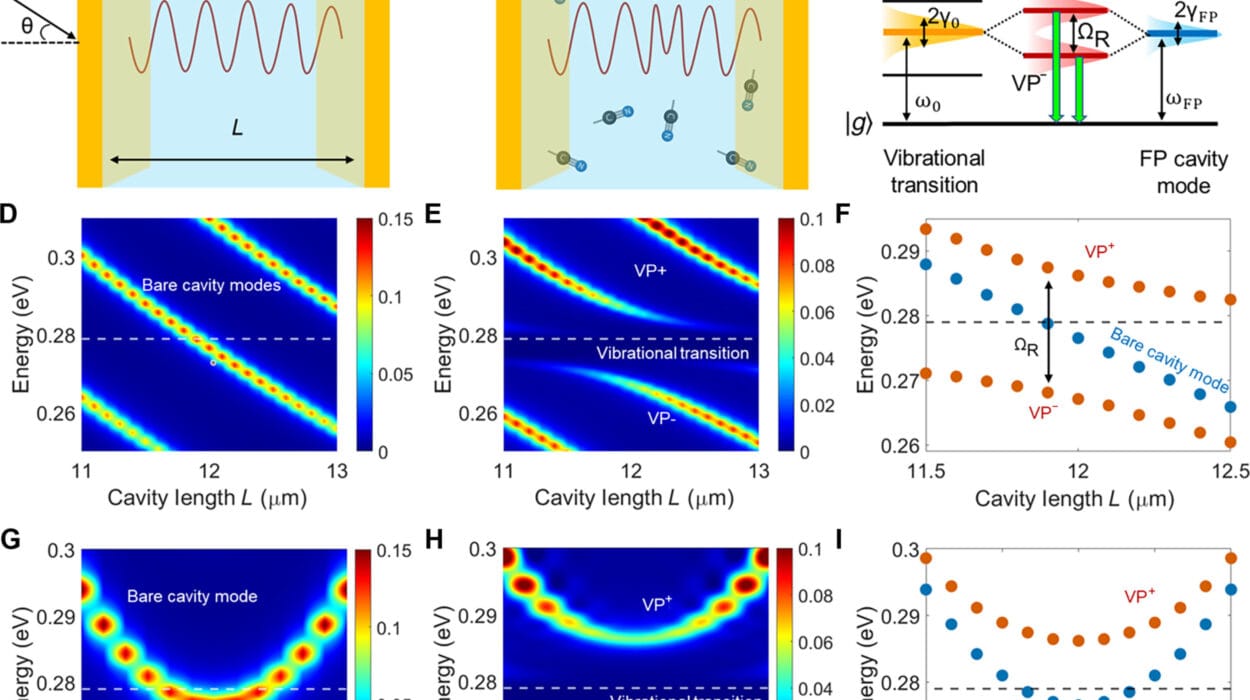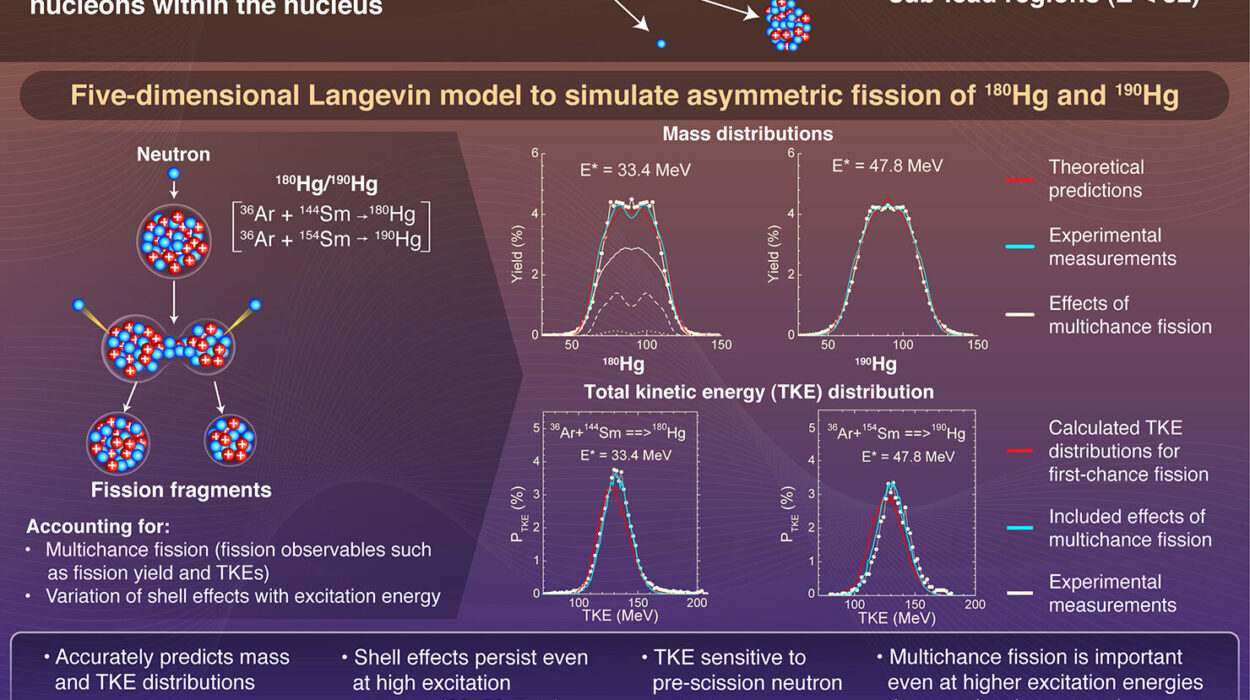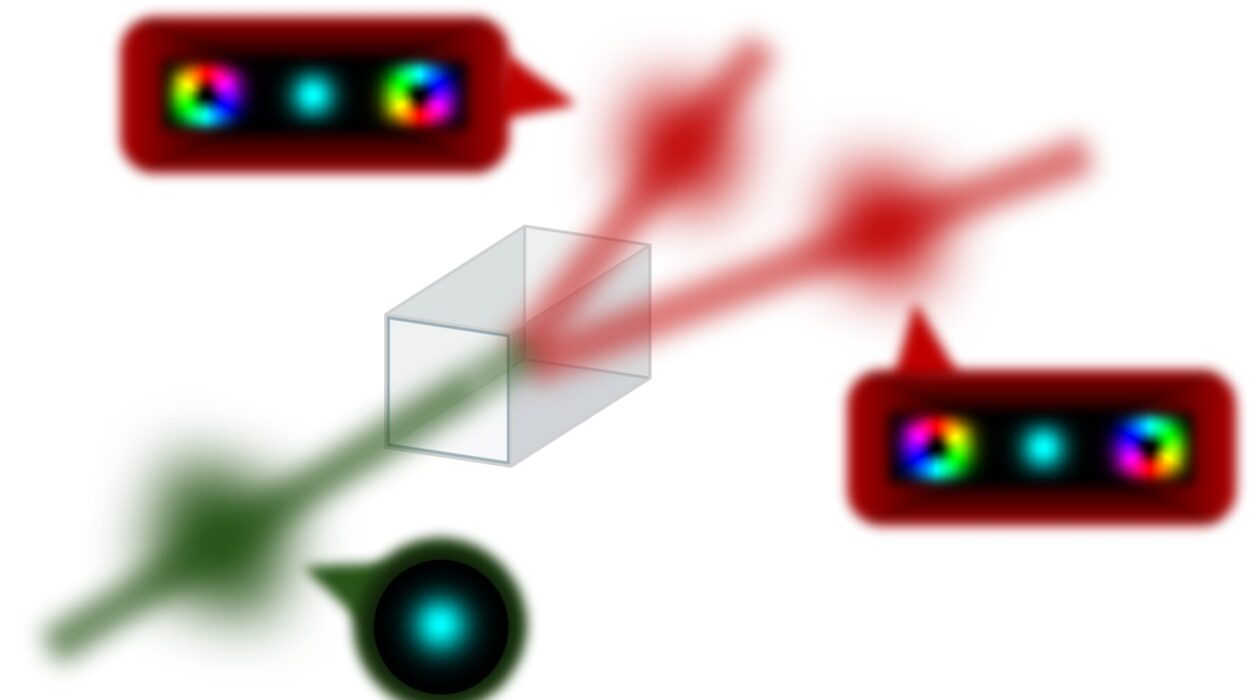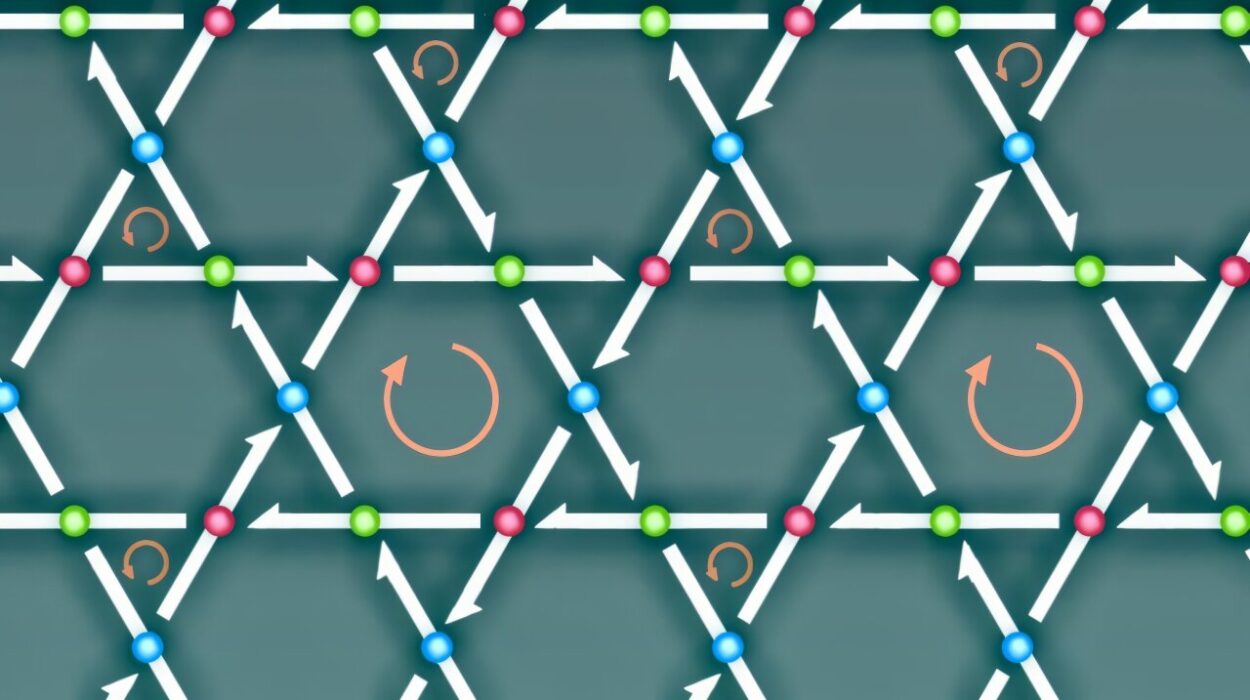As heatwaves scorch cities, wildfires consume forests, and oceans rise inch by inch, the urgency to transition to clean energy is no longer a forecast—it’s the present. In this climate crisis, solar power stands out as one of the most promising, widely scalable solutions. Yet, even the sun has its limitations—at least in the way we currently harness its energy.
Now, a team of researchers at Kyoto University may have discovered a way to break through those limits using a remarkable twist of quantum physics, magnetism, and cutting-edge materials science. In a recent study published in Nature Communications, the scientists have unveiled a new kind of solar technology that taps into a magnetic version of the bulk photovoltaic effect, potentially leading to solar cells that are more efficient, more versatile, and more powerful than anything we’ve seen before.
Breaking the Boundaries of Conventional Solar Cells
To understand this breakthrough, it helps to know how conventional solar cells work. At their core, solar panels are made up of semiconductors that absorb light and use it to generate electricity via the photovoltaic effect. While current technologies have made great strides, they still face built-in limitations—particularly in output voltage and conversion efficiency.
In recent years, scientists have been captivated by a new avenue for solar energy generation known as the bulk photovoltaic effect (BPVE). Unlike traditional methods, BPVE doesn’t rely on p-n junctions or external electric fields. Instead, it arises from quantum-level asymmetries in certain crystalline materials. This phenomenon produces what’s known as a shift current, which can generate voltage beyond the theoretical limit of standard solar cells.
But the BPVE has remained a tantalizing mystery. Though promising, its fundamental physics are still only partially understood. What’s more, most known materials that exhibit this effect have strict symmetry conditions, requiring special arrangements of atoms and electrons—conditions that are difficult to achieve, let alone control.
Enter Magnetism—and a Quantum Twist
One of the keys to unlocking the BPVE’s full potential lies in breaking two specific kinds of symmetry: spatial inversion symmetry and time-reversal symmetry. The former involves a material being symmetric when flipped in space—like a mirror image. The latter involves physical laws being the same whether time moves forward or backward.
In conventional materials, these symmetries restrict how charge flows in response to light. But if you can break those rules, new behaviors emerge.
Here’s where magnetic materials come into play. Magnetism naturally breaks time-reversal symmetry, opening the door to an entirely new class of photoelectric effects. The problem? These systems are incredibly complex, and it’s notoriously hard to control both types of symmetry at the same time.
That’s the puzzle Kyoto University researchers set out to solve.
Engineering Light from the Quantum Ground Up
Led by Kazunari Matsuda, the Kyoto team designed and built a custom artificial heterostructure—a kind of nanoscale sandwich of materials. The top layer consisted of a monolayer two-dimensional semiconductor—so thin it’s only a single atom thick. Below it, they placed a layered magnetic material, chosen specifically to simulate the broken spatial and time-reversal symmetry conditions required to unlock exotic photovoltaic behavior.
The two layers met at what’s called a hetero-interface, a boundary engineered with atomic precision. When light hit the device, and researchers applied a magnetic field, the electrons responded in an entirely new way.
As they altered the temperature and spin direction—essentially the magnetic orientation of the electrons—they recorded the current-voltage behavior of the system. The results were striking. The team observed a new kind of current, dubbed the magnetic-injection current, that appears to be a magnetic cousin of the shift current seen in conventional BPVE materials.
Even more exciting? This current could be tuned with a magnetic field.
“This is the first time we’ve been able to flexibly control both spatial and time-reversal symmetry in a single structure,” said Matsuda. “This opens up a whole new world of photovoltaic and optical responses that were never possible before.”
More Than Just Solar Power
While the primary motivation behind this research was to improve solar energy conversion, the implications ripple far beyond photovoltaics.
The ability to generate and control current through light and magnetism at the atomic scale could transform fields like spintronics, where the spin of electrons—not just their charge—is used to carry information. Devices built on this principle could be smaller, faster, and more energy-efficient than today’s electronics.
Additionally, this approach could lead to new kinds of optical sensors and energy-harvesting systems that work in environments where conventional devices fail. Think spacecraft powered by the faintest starlight, or wearables that run on ambient heat and light.
Crucially, the research also revealed that both the shift current and the magnetic-injection current can coexist in the same material platform. That means engineers could one day build multifunctional solar cells that not only generate electricity efficiently but also adapt in real-time to changes in light, heat, or magnetic fields.
A Glimpse Into the Future
In the race against climate change, solar energy is more than a power source—it’s a lifeline. But to meet global energy demands sustainably, we need more than just incremental improvements. We need leaps.
This breakthrough from Kyoto University represents one such leap. By manipulating the quantum fabric of materials to create new kinds of photoelectric responses, scientists are redefining what solar power can be. They’re no longer just absorbing sunlight—they’re orchestrating it.
“We believe this magnetic bulk photovoltaic effect could lead to the next generation of high-efficiency, multifunctional solar technologies,” Matsuda said.
And in a world desperate for clean energy, that belief couldn’t come at a better time.
Reference: Shuichi Asada et al, Nonlinear photovoltaic effects in monolayer semiconductor and layered magnetic material hetero-interface with P- and T-symmetry broken system, Nature Communications (2025). DOI: 10.1038/s41467-025-58918-9
